CYBERNETIC GUERRILLA WARFARE
Asymptotic futures clash with technological infinities. (Spoiler Alert: No one wins.)
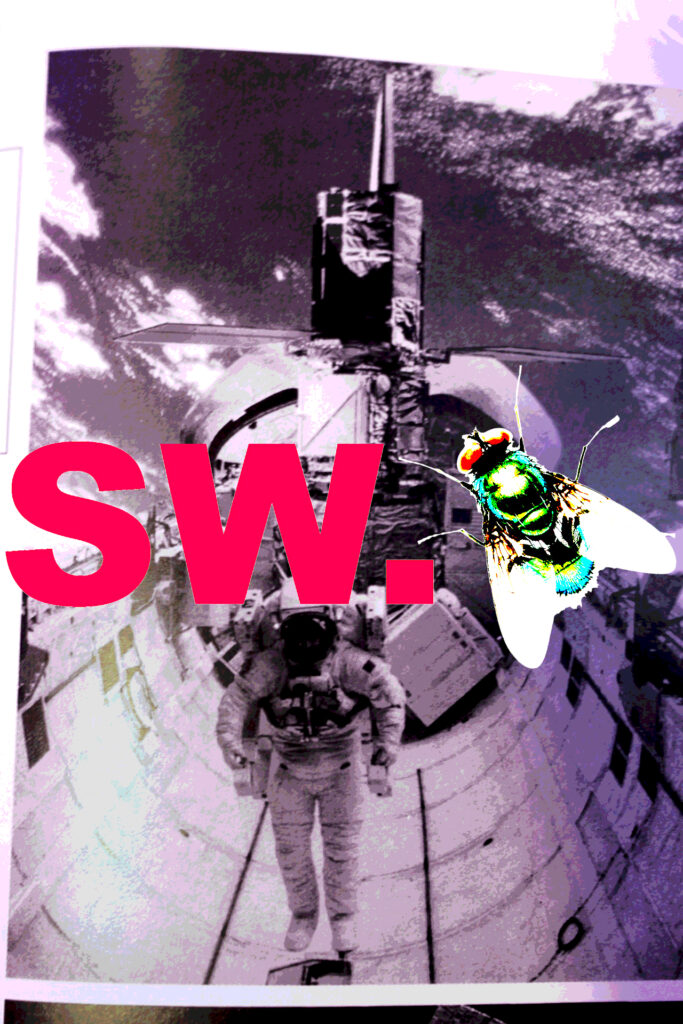
📡WHAT IS BURNOUT?📡
SAMUEL HYLAND
The year 1992 saw technologist-slash-author Carl Malamud publish Exploring the Internet: A Technical Travelogue, a book-length first-person retelling of his international, flight-by-flight pilgrimage to ensure that early world-wide web users were accessing a common interface. “Tony and I exchanged a few e-mail messages and found we were in violent agreement: standards have to be widely available or the standards are irrelevant,” he wrote at one point. “(…) You can’t publish a newspaper and then unpublish it. Once you give something away, it stays given away.”
The “standards” in question were linked to an up-for-debate—and, at that particular moment in history, still to be decided—technical protocol which would, upon being definitively systematized, dictate what a homogenous online experience might look like for a fledgling internet infrastructure. The effort followed a utopian line traceable, in some sense, to hippie-era pushes for the global implementation of “Esperanto”—an overtly-simple language strategically developed in hopes of eliminating cultural barriers for the eventual establishment of world peace. (“Well, we hope we haven’t scared you off in this first meeting with Esperanto,” an early pamphlet featuring beginner lessons in the dialect read. “Just remember—the language ability you used in the above exercises would take months, possibly years to reach in secondary school French or Spanish.”) For more than one reason, it can be argued that neither of these utopian visions panned out: one’s experience with the internet depends on the mercy of one’s government; hope for Esperanto is currently kept hanging on a thread by the few believers that survived to see the turn of the century. But for as much as the analogous endeavors lack tangible success, they each outmeasure a large number of the current internet’s offerings in hope—debris of a utopian prophecy for the future that, at least in the digital world, evaporated once that future actually came.
“What is burnout?” “What is Public Access Television?” “What is cybernetic guerrilla warfare?”
It would be fun to write that modern-day archive culture came as a direct result of this dream-reality divide (and its inherent nostalgia), but another, much more applicable conclusion is that people like cool things, and archive culture simply yields cool stuff. Some of the most successful social media “influencer” accounts, over the past few years, have been ones that purport themselves to be “archive pages”—curated collections of decades-old cultural detritus, rescued from obsolescence and repurposed for a new audience’s aesthetic pleasure. “The best, rarest finds contextualize and bind today’s trends into a cohesive dialogue with the past,” Liz Raiss wrote of Instagram pages dedicated to archived fashion looks in 2016. “They decode homages, pay tribute to fearless originators, and feed your brain with an endless stream of sartorial candy. In the simplest terms, they explore why style matters.”
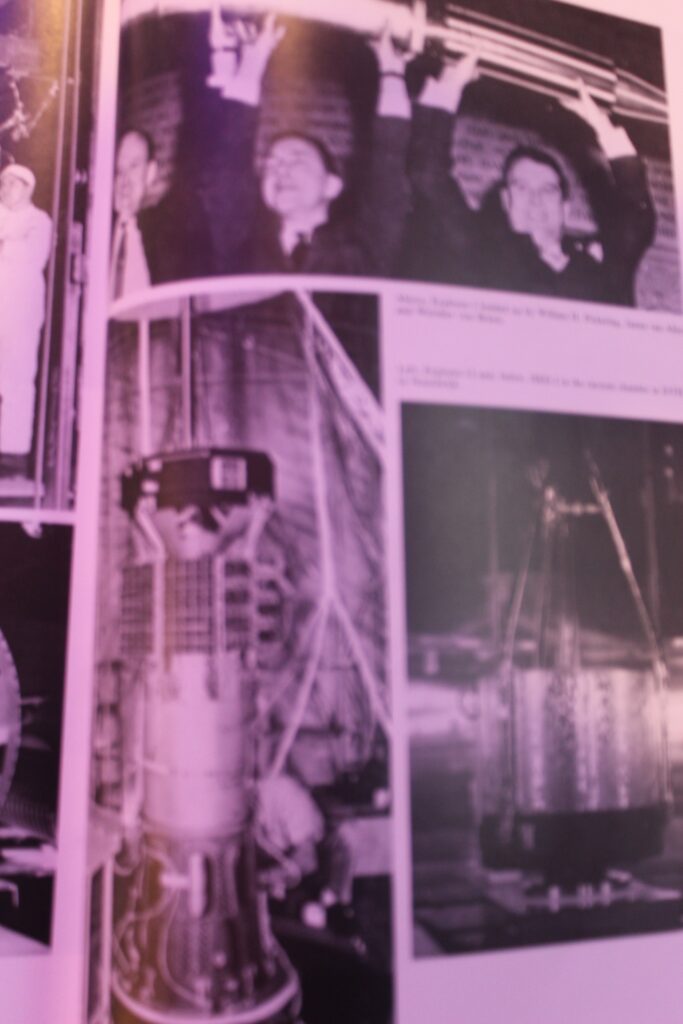
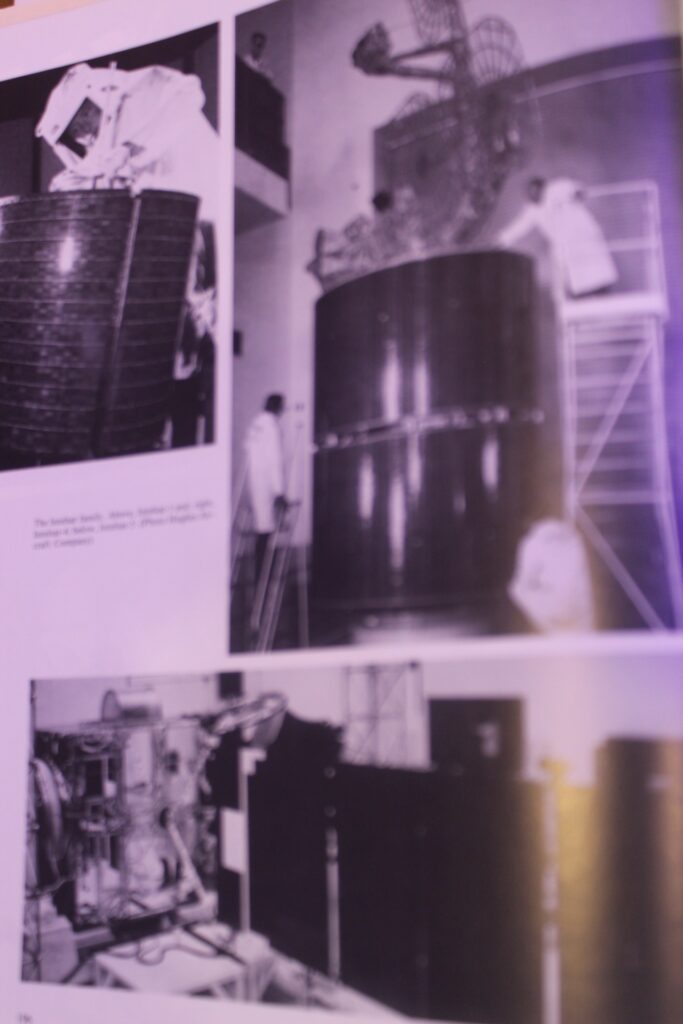
Though archive pages across platforms have since grown to take on mass-produced, McDonald’s-esque form—popular versions like @undercoverosh, @welcome.jpeg, and @tonsil often trade (or, perhaps, steal) the same collections of images amongst one another, reposting ad nauseam—the field’s burgeoning random-sauce appeal remains equally consistent and curious. Subjects chosen (and often shamelessly recycled) by the accounts include flash-photographed alpacas on the streets of New York City, outfits worn by the late actor-slash-comedian Robin Williams, and tricked-out designs formerly used for the jerseys of soccer goalkeepers in international play. Some signs may even point to the culture’s research-borne aesthetics overtaking, if not just living up to par with, the underlying research itself: of the 38 affiliate Instagram accounts under the umbrella of the New York Public Library system, @nyplpicturecollection, a page dedicated to its expansive image library, currently has the largest following (32K).
What makes archive accounts so appealing, perhaps, is that they offer an increasingly-rare brand of comfort users are allowed to enjoy without knowing exactly why. Modern iterations of internet culture often demand that people know, precisely, the terms of their inclinations towards things before making anything about those inclinations public. Twitter, being the forum-borne internet microcosm it is, often sees widespread heated discussions arise from differences as trivial as whether a dinner date with Jay-Z is worth more than a sum of money in cash, and if so, what that judgment says about users as functional members of society. In a sense, room for gaps in social and political rhetoric has been—to the extent that we engage in the internet socially—symbolically eliminated, because in the increasingly-likely event that we are challenged on a concept, whether online or in real life, the unspoken expectation is that we know exactly what we’re talking about: ourselves and our hypothetical opponents are entitled to just as much time with, and right to, the same infinite on-screen study guide as anyone else. Archive accounts thrive on a reversal of this construct, where you aren’t necessarily supposed to know anything about what you’re being fed—nor are you supposed to research it—beyond the fact that it looks cool. As much as its structural roots may lie in a passing down of knowledge, the culture’s life on social media hinges more on infinite brain candy than tangible education.
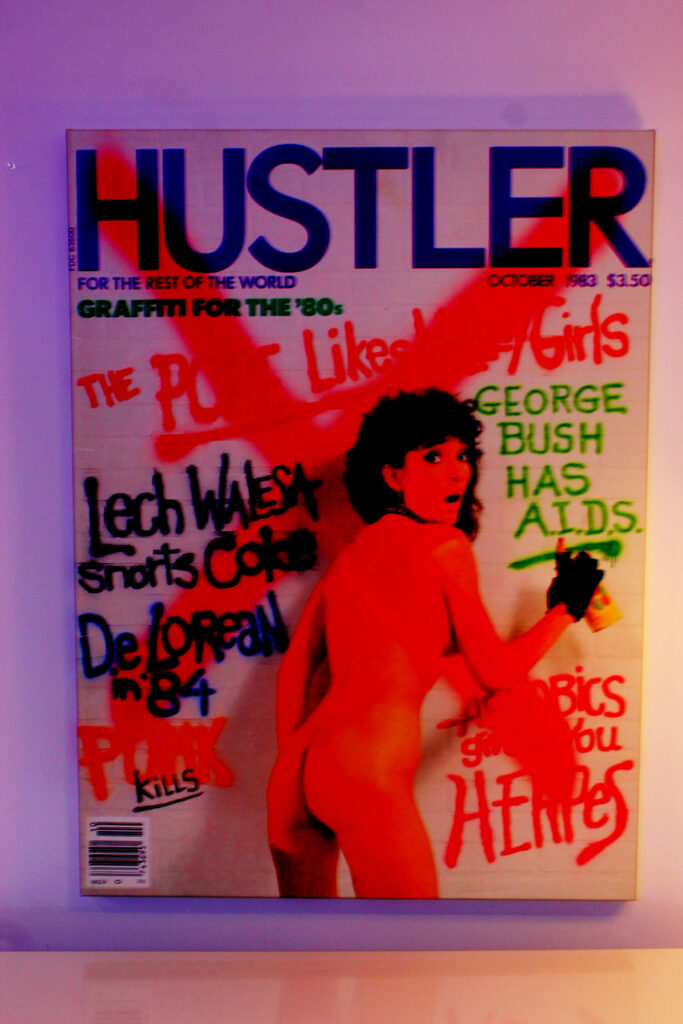
When the cultural groundwork we now revisit for pleasure was first laid, its relics often came with greater focus on psychological angst than manufactured sentimentality. The 80s-to-aughts early internet feeling-out process is often looked back on as an aesthetic gold mine—boatloads of compelling visual touchstones, from cinema, to almanacs, to albums, were borne from anxieties of a looming man-vs-machine showdown—even though its conceptual content, for the most part, was anything but utopic, or remotely comforting. In one 1989 issue of the Whole Earth Review, a counterculture publication-slash-web-handbook founded by Stewart Brand, beat author William S. Burroughs penned a guest essay on what the worldwide web potentially meant for the future of physical human nature. “I think the political and social chaos we are seeing on every side reflects an underlying biological crisis,” he mused. (The title of the issue in question: “Is the Body Obsolete?”) “The end of the human line. All species are doomed from conception. Like all individuals. Evolution did not come to a reverent halt with homo sapiens.” Many earlier self-made manifesto publications, printed on flimsy colored paper and populated with typewriter font-faces, similarly used their growing platforms to pose a variety of questions, some innocuous, and others existentially dreadful. Printed articles from the period often began with plain inquiries: “What is burnout?” “What is Public Access Television?” “What is cybernetic guerrilla warfare?” The incubation period of a global digital interface coincided, and rightfully so, with mass hysteria—the questions were loftier, because the stakes were higher, and the short time to answer them was already running out.
“We may spend so much time getting high on what we’ve come from, perhaps, that the road ahead looks nowhere near as appealing—if we can see it at all.”
But decades into the dystopia these relics foreshadowed, now that whatever time existed then has indeed run out, much of our retrospective efforts cast the period’s high emotions as a weird form of sci-fi slapstick comedy. Of all the eras and aesthetics shamelessly recycled by Instagram’s most popular archival databases, some of the most frequent ones to show up feature some sort of unrealistic futurism—whether via behind-the-scenes shots of Star Wars films, selects from Daft Punk’s Alive 2007 triumph, or blinged-out psychedelic funk rockers from the 1970s. As is likely also the case for many rap-adjacent teenagers, a recurring fixture of the accounts that initially appealed to a young me was Pharrell Williams. For someone who came of age knowing a version of him that could only either (1) be “Happy” or (2) chirp the chorus to Daft Punk’s “Get Lucky,” archive accounts featuring his since-abandoned earlier, hornier, more radically future-focused identity felt like vital preservationists of a culture I may likely never have engaged with otherwise. It was only after I paid my dues and idealized futuristic Star Trak-era Pharrell for a phase, though, that I realized how ridiculous and hilarious much of his rhetoric actually was. Early tracks I enjoyed, like Kelis’ “Roller Rink,” featured lyricism too lofty to not be laughable: “Me and you fucking in the window of my spaceship, high like fuck,” he raps in that song’s opening verse, sounding half-disrespectful-preteen and half-gangster. (Also in that particular verse: “Delivering our first-born on a NASA space shuttle.”) As serious as Pharrell may have been about his sextastic future fantasy—and as serious as Burroughs, Brand and Malamud may all have been about the potential pitfalls of a world gone digital—laughing at conceptual fuck-ups is comforting, at some level, because it shows people like myself both how far we’ve come, and the long way we likely have to go. The concerning thing about a flattened archival practice, as wielded by popular Instagram pages, is that it bears strong potential to harp more on the latter than the former: we may spend so much time getting high on what we’ve come from, perhaps, that the road ahead looks nowhere near as appealing—if we can see it at all.
For a 2020 Grazia feature, several Instagram archive account administrators were asked a series of questions about what they do, and why. “History always repeats itself,” one admin said. “I’m a strong believer in you’ll know where to go when you know where you’ve been. I pull current fashion moments from current events — AKA what everyone is talking about on Twitter — so people can be in the know and give flowers to those who are still here.” An interesting conversation is to be had about what the next step from viewing sartorial detritus on Instagram actually is. But right in line with its flattening ethos, the continuation of conversations beyond just starting them may be another casualty of the internet’s one-dimensional business model: nostalgia in the digital age might just cost users the urge to do something with it.
🖥️🖥️🖥️
“Television is one of the most revolutionary tools in the entire spectrum of technoanarchy.”
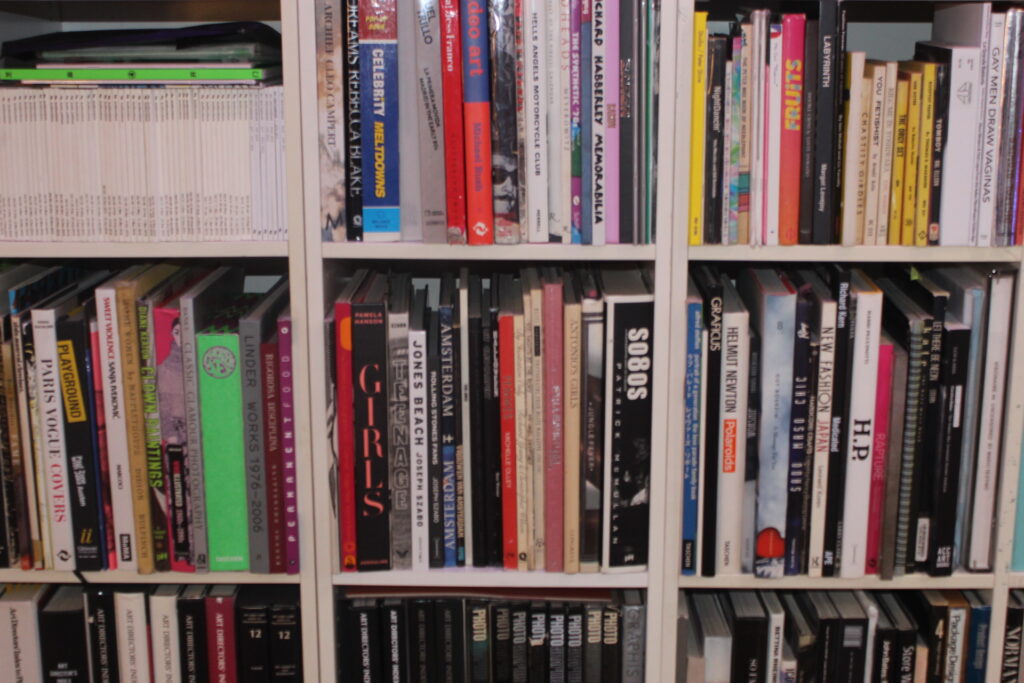
In one of the most infuriating Spongebob Squarepants episodes for Squidward Tentacles, he (Squidward) is first forced to endure the banality of an unsuspecting local teenager’s guitar-obsessive public access television show, then, within fifteen minutes, tolerate the same exact television show, except filmed from the inside of his house, which has been ruthlessly overtaken by the citizens of Bikini Bottom. As exaggerated as some of these details may be, the elements at play are not so far removed from what the introduction of public access television looked like in pre-internet America. The early 1970s featured a politically-charged atmosphere made even more electric by newfound knowledge that the government was questionable—and, with the potential of freshly-introduced technology, newly open-eared to qualms it would likely never have had to bat an eye to prior. Much like Squidward’s fellow citizens, much of the era’s anti-establishment political framework featured upstart young activists with public access television shows, communities to be radicalized, and burgeoning hope for new-age revolutions.
Early enactments of the movement pushed for technological revolt in the form of boycotting. One 1970s initiative, dubbed the “Telephone War Tax Protest,” encouraged citizens to become increasingly aware of the use of phone-related tax funds towards war efforts in Vietnam. An early pamphlet distributed by organizers listed three primary purposes: (1) “To help end the war by withholding the revenue the government needs to wage it,” (2) “To communicate to Washington the strength of the public’s opposition to the war,” and (3) “To test the legality of the war tax, not to disobey it.”
“There isn’t, but the fact that it’s an asymptote—and one that will always seem as if it’s within grasp—keeps us hooked on pretending there either is, or will be soon.”
With the introduction of public access television, though, came a long-awaited opportunity to actively counterbalance oppressive forces beyond just boycotting their money-feeders. Radical Software, a countercultural video magazine founded in the early 1970s by Beryl Korot, Phyllis Gershuny, and Ira Schneider, featured firebrand how-to guides for using the fledgling medium for concrete social overhauling. “Global information is the natural enemy of local government, for it reveals the true context in which that government is operating,” the opening page of its debut issue declared. “Global television is directly responsible for the political turmoil that is increasing around the world today. The political establishments sense this and are beginning to react. But it’s too late. Television makes it impossible for governments to maintain the illusion of sovereignty and separatism which are essential for their existence. Television is one of the most revolutionary tools in the entire spectrum of technoanarchy.”
Interestingly, as much as technology remains just as symbolically linked to hope for a future—whether utopian or dystopian—any realization that these hereafters have arrived is perennially overshadowed by prophecies of newer technologies, and newer tomorrows. On Twitter, culture-adjacent accounts often go viral with (questionable) reports of in-development extraplanetary living systems, or futuristic highway infrastructures to be implemented as soon as 2025. Where archive accounts seem to thrive is in the Goldilocks zone of a stringent temporal binary: the future and the past are each eternally marketable because they can be projected onto, but for as long as the present stands on its own, it might as well just be the news. “Looking at a national research network exposed Ian to topics like broadband networks,” Malamud wrote of a colleague in Exploring the Internet. “If this was the wave of the future, was there some way to speed up the future?” There isn’t, but the fact that it’s an asymptote—and one that will always seem as if it’s within grasp—keeps us hooked on pretending there either is, or will be soon.
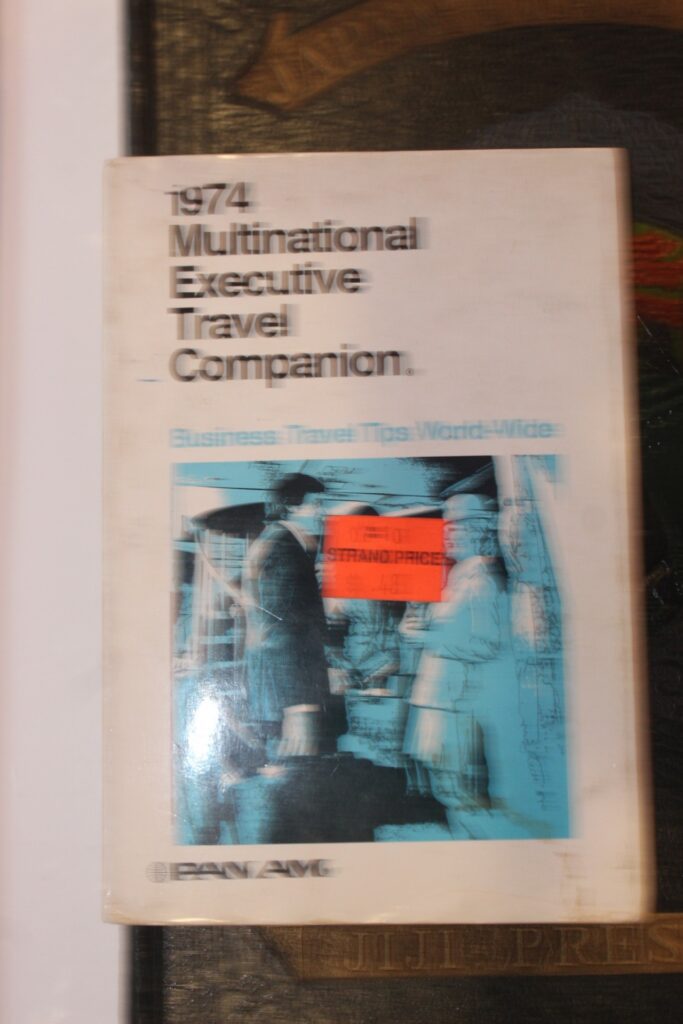
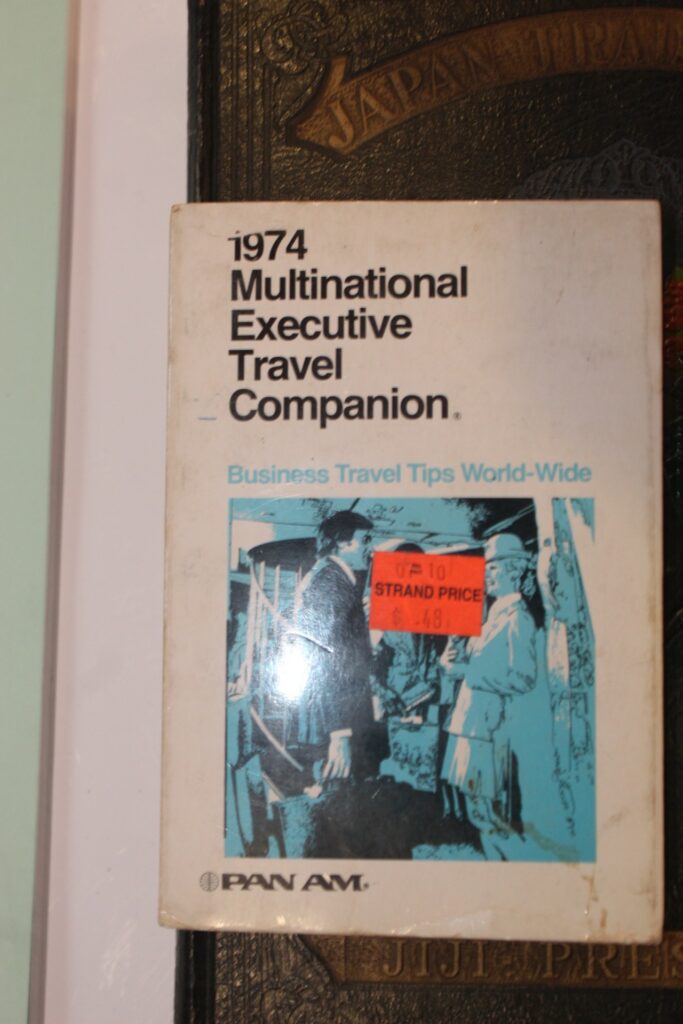
In a recent Q&A with Hypebeast, the long-anonymous admin behind the popular Instagram archive account @aplasticplant was asked whether he had any advice for users aspiring to create similar pages. “Consistency is key and that is what ultimately leads to success,” he said. “Make sure to figure out a schedule that works for you. It can be something like posting twice a day, every other day, or even once a week. Whatever it may be, just make sure that you stick to it and don’t fall off track.” No matter how inspirational the admin’s logic may sound, it’s difficult to ignore how funny, and how unavoidably formulaic, the practice appears to become once removed from concrete action. The only thing seemingly keeping the account(s) in business is interesting imagery for the sake of interesting imagery. What happens when it gets boring?
One brisk December afternoon, I visited the Brooklyn apartment of print archivist Nelson Harst. A decade or so ago, Harst founded Antifurniture, a self-run bookselling project and independent cultural database. Guided to the top floor by Harst and his dog, an energetic eight year-old terrier named Meeshu, I was led through a comprehensive visual history of practices rendered obsolete with each successive generation, and the attempts of said generations—some futile, others onto something—to make sense of an increasingly-digital global system. One practice made obsolete was the act of reviewing pinball games. In “Four Fish Tales & Other Stories,” a zine recently put together by Harst, heartful reviews written by an aficionado for early machines are restructured to read like poetry. “It comes with a magnificent layout,” the reviewer writes, in somewhat melancholy fashion, about one particular pinball machine inspired by Bram Stoker’s Dracula. “It is not the easiest, but that’s the reason why / it is addictive to try and break / Your personal record. A nice feature, just to make you crazy.” For Harst, as expansive as it’s grown, the brawny archival endeavor is really just a fun hobby. What keeps it fun is likely no different than what kept Bram Stoker’s Dracula-inspired pinball machines appealing in the long-term: there will always be more to discover, and the brain candy of discovery will always outlast the dread of it being asymptotic. “The first job I worked at a bookstore in high school, people would come and ask me for these titles,” Harst said at one point, contextualizing a stack of controversial Loompanics Unlimited titles—How to Rip Off a Drug Dealer; Murder: An Idiot’s Guide; Hit Man: A Technical Manual for Independent Contractors—produced by long-anonymous 20th Century author Rex Feral. “We were instructed to tell them: Unfortunately, we do not stock books by this publisher. I would recommend contacting them directly.” Surrounded by his hefty collection, it was eerily futuristic to know that yesterday’s dark web can very well be today’s research project.
“The future is just as much tomorrow as it was in 1992—and for as long as that remains true, the present will be just as eager to predict it.”
In Cybernetic Guerrilla Warfare, an article that appears in one of the early independently-printed manifestos Harst showed me, Paul Ryan urges readers to combat looming nuclear conflict with web-borne collective thinking. “The most elegant piece of earth technology remains the human biocomputer; the most important data banks are in our brain cells,” he writes. “Inherent in cybernetic guerrilla warfare is the absolute necessity of having the people participate as fully as possible. This can be done in an information environment by insisting on ways of feeding back for human enhancement rather than feeding off people for the sake of concentration of power through capital, pseudo mythologies, or withheld information.” Ryan’s use of the term “information environment” is somewhat interesting, because it purports itself to be beholden to a corresponding information era. Did the pioneering internet period create new information, or new methods of regurgitating it?
There is, obviously, no one answer to this question, nor any of the other lofty ones—What is cybernetic guerrilla warfare? What is burnout? What is an internet?—that peppered the digital world’s weird angsty teenage era. And for the most part, there never really will be. There’s something purgative about not only witnessing a previous generation’s psychological confusion, but also their futile attempts at seeking out answers that didn’t actually exist—whether in the form of movies made, books written, or space shuttles launched. And regardless of the fact that we should know, by this point, how unanswerable certain questions are, we will always be just as naturally inclined to seek out the solutions: life-affirming missions for us, and nostalgic brain candy for our children.“I continued my day of meetings and greetings, ending up the evening having dinner with one of my editors, Stephanie Faul,” Malamud recounted in Exploring the Internet, wrapping up a retelling of his stint in Washington D.C. “Over a dish of crunchy jelly fish salad, we talked about her latest projects in the world of freelance. In addition to her usual stint acting as a ghost editor for the AAA Magazine, Stephanie had just landed a corporate writing gig, helping to organize a seminar with the prescient theme ‘The Future is Tomorrow.’” The future is just as much tomorrow as it was in 1992—and for as long as that remains true, the present will be just as eager to predict it.
